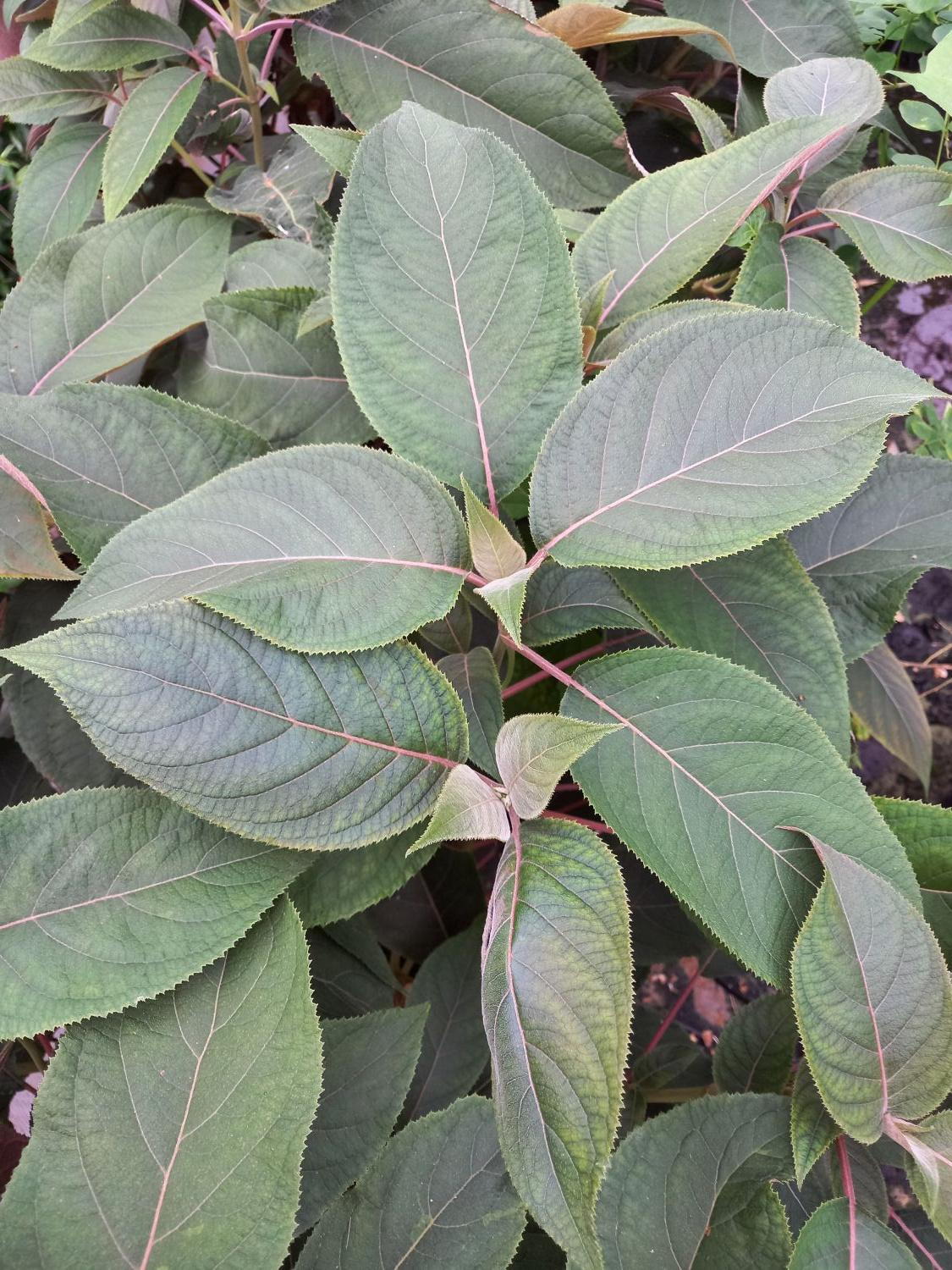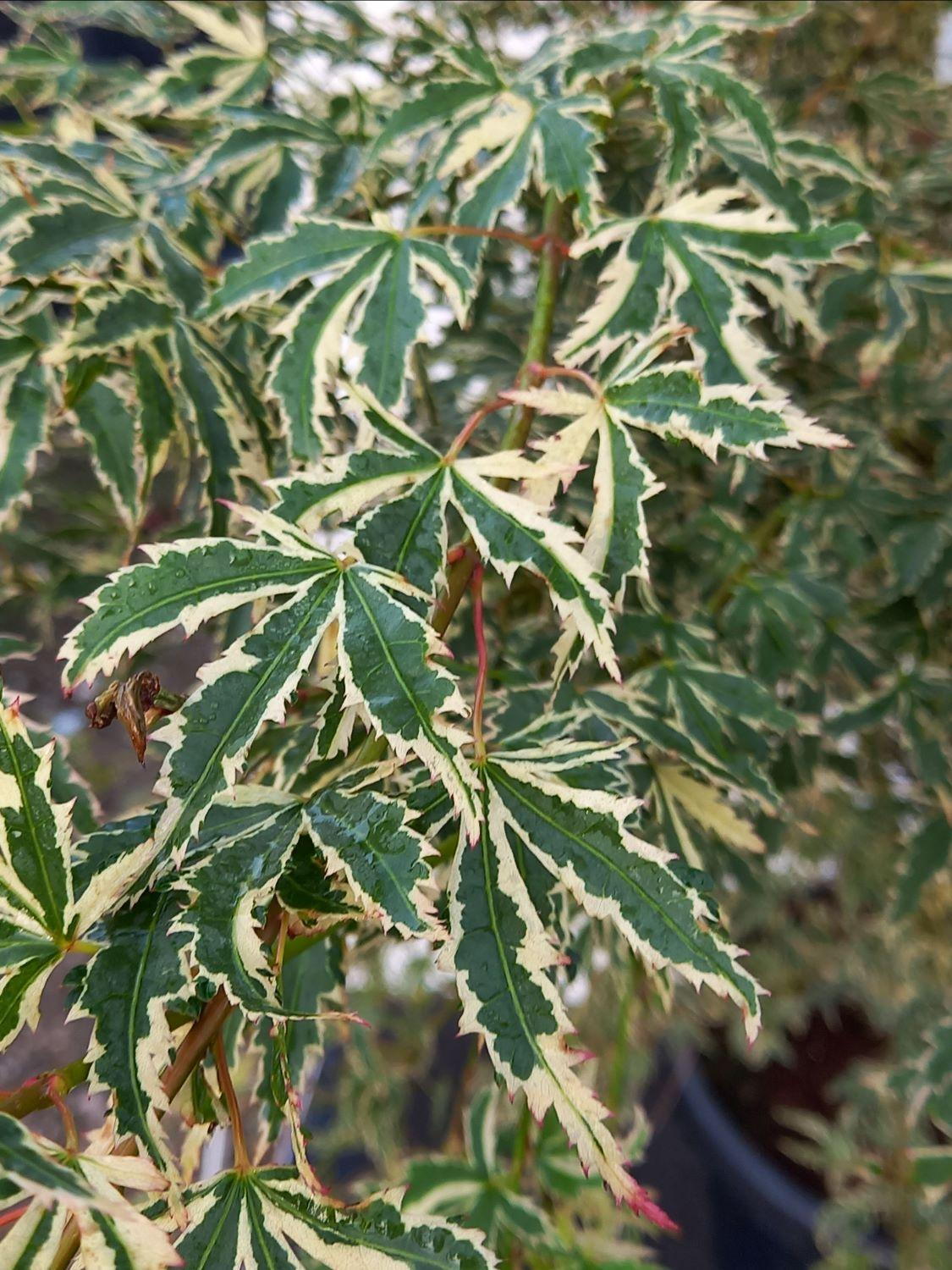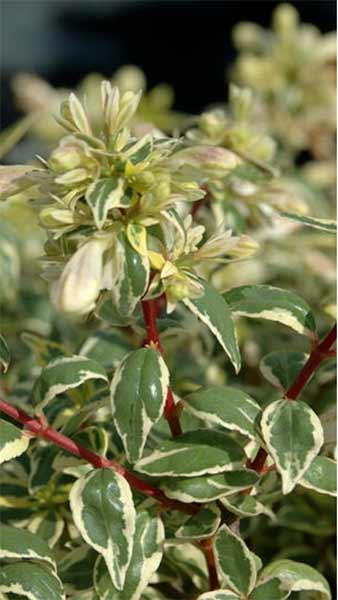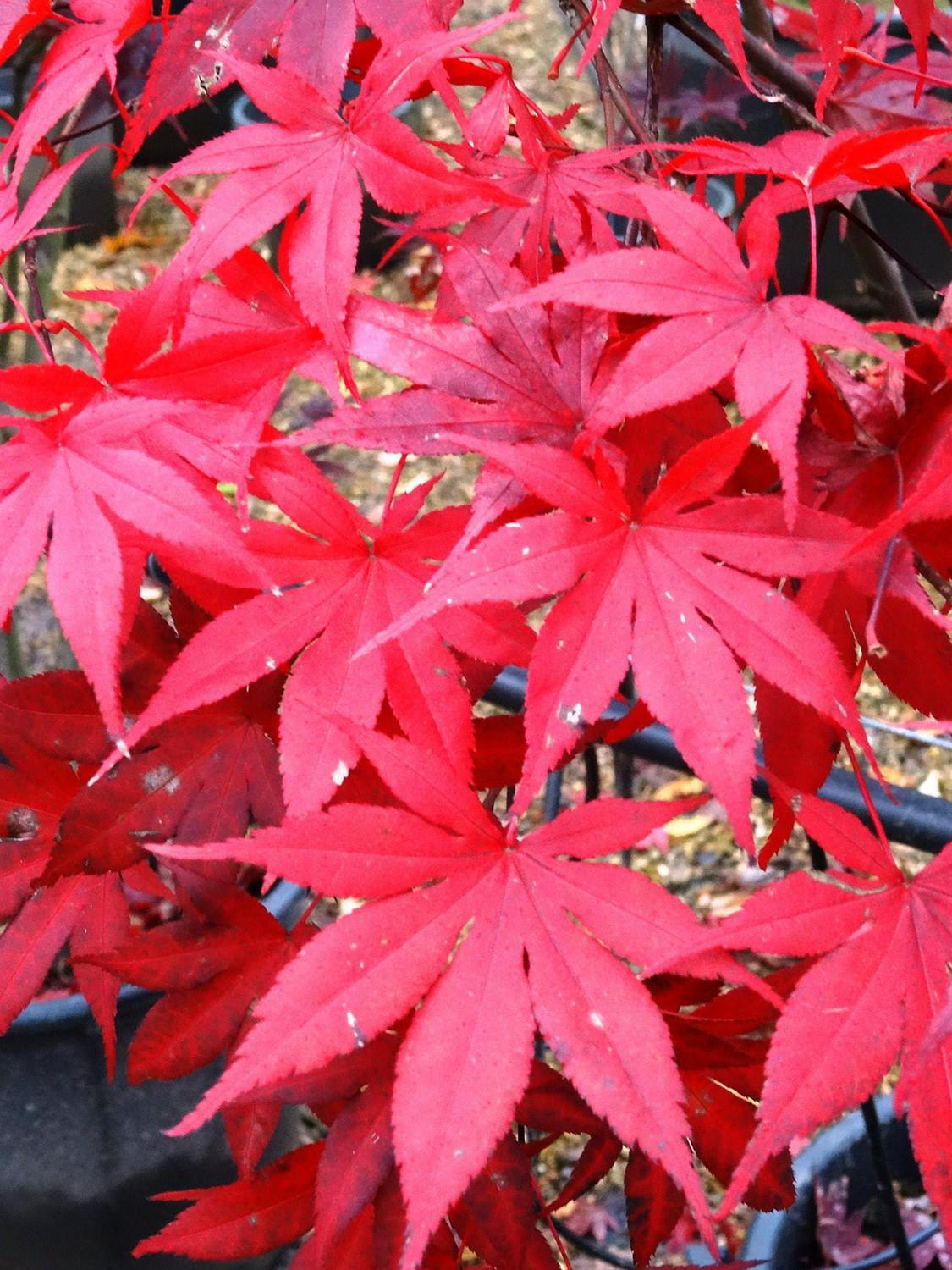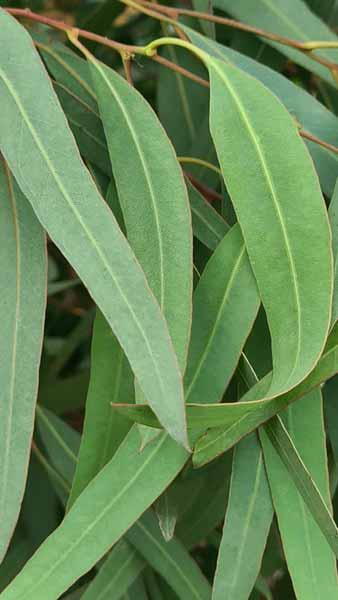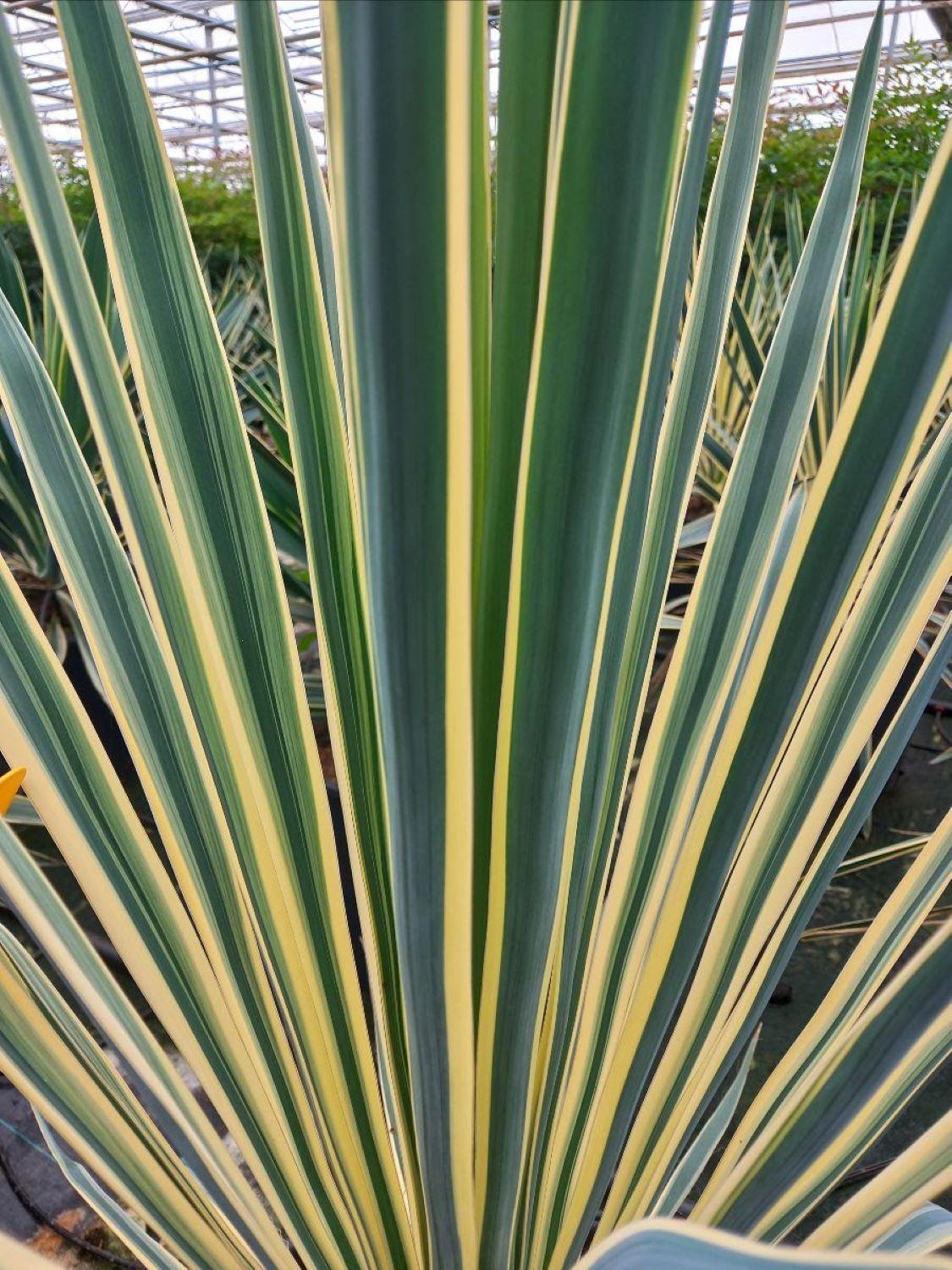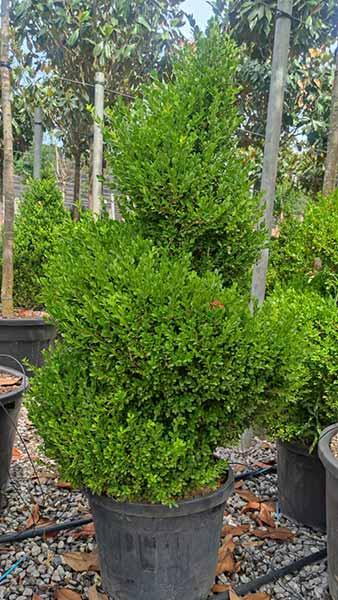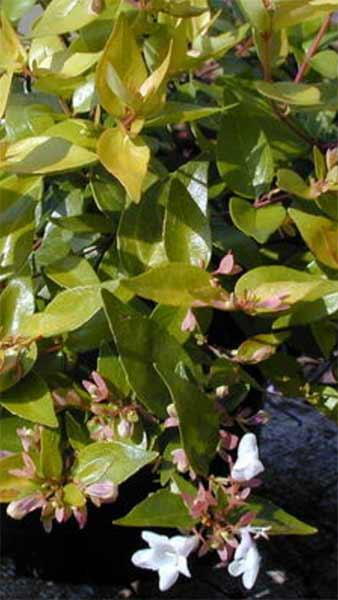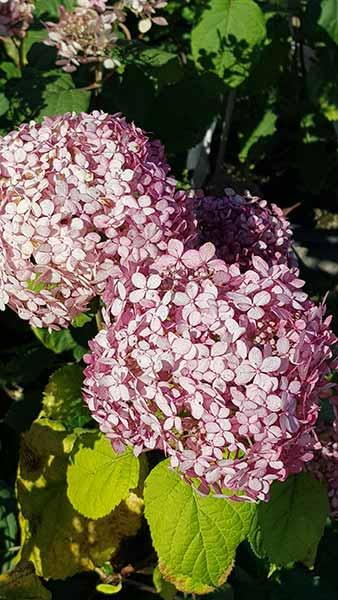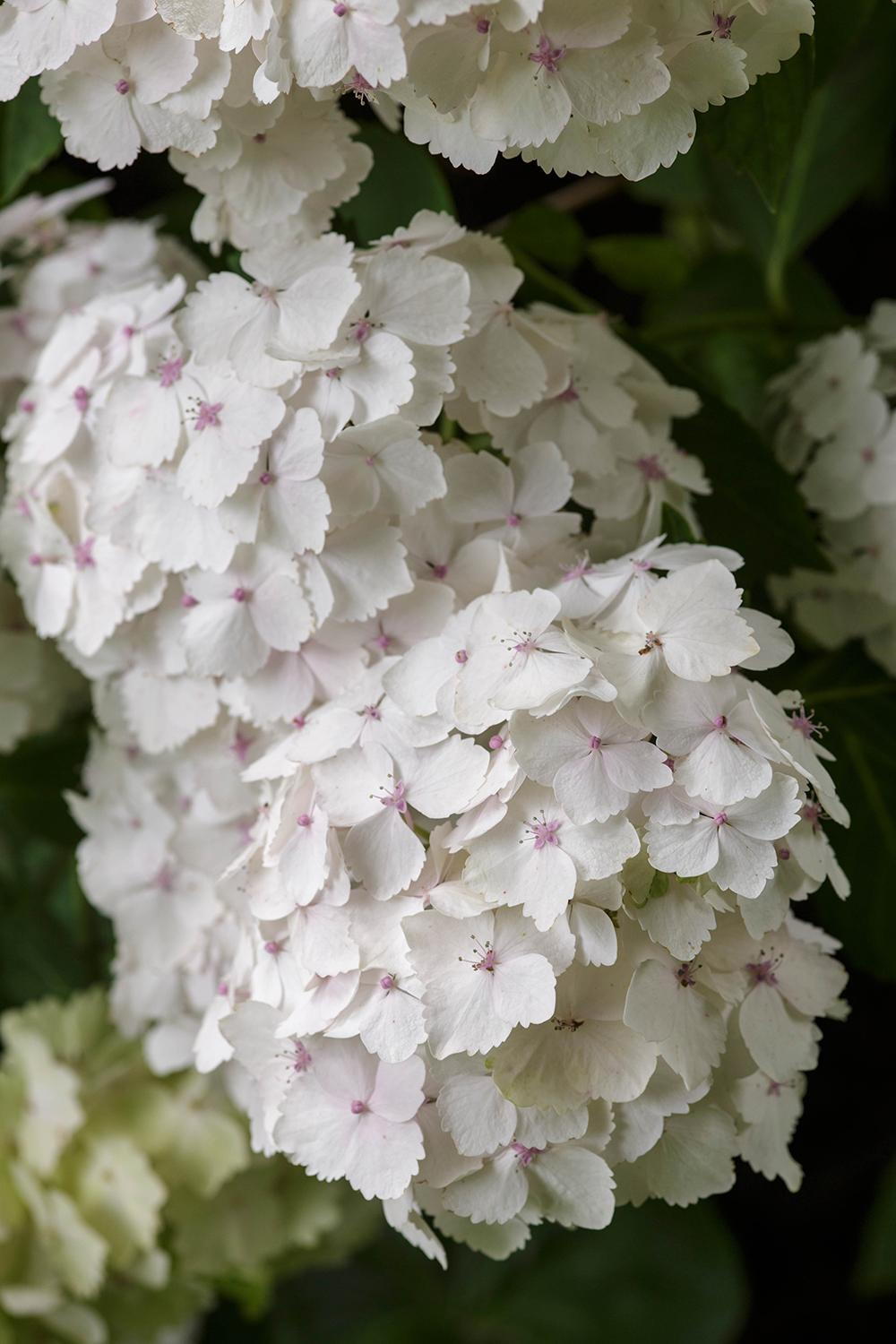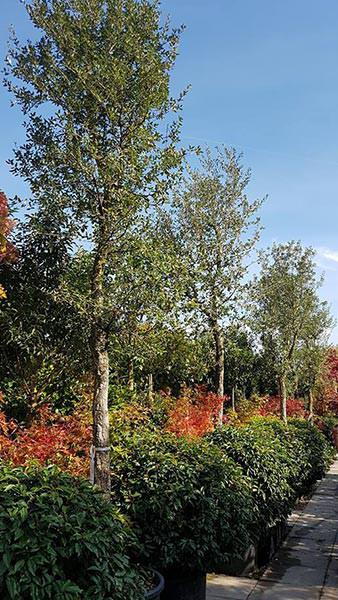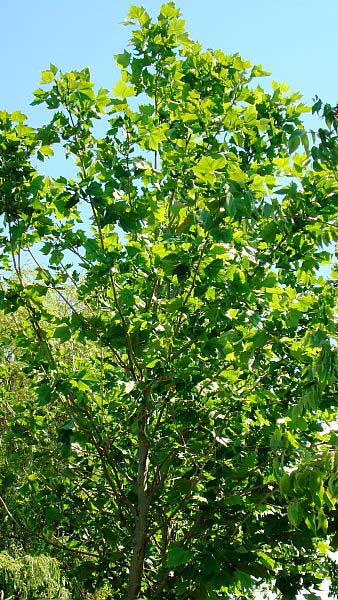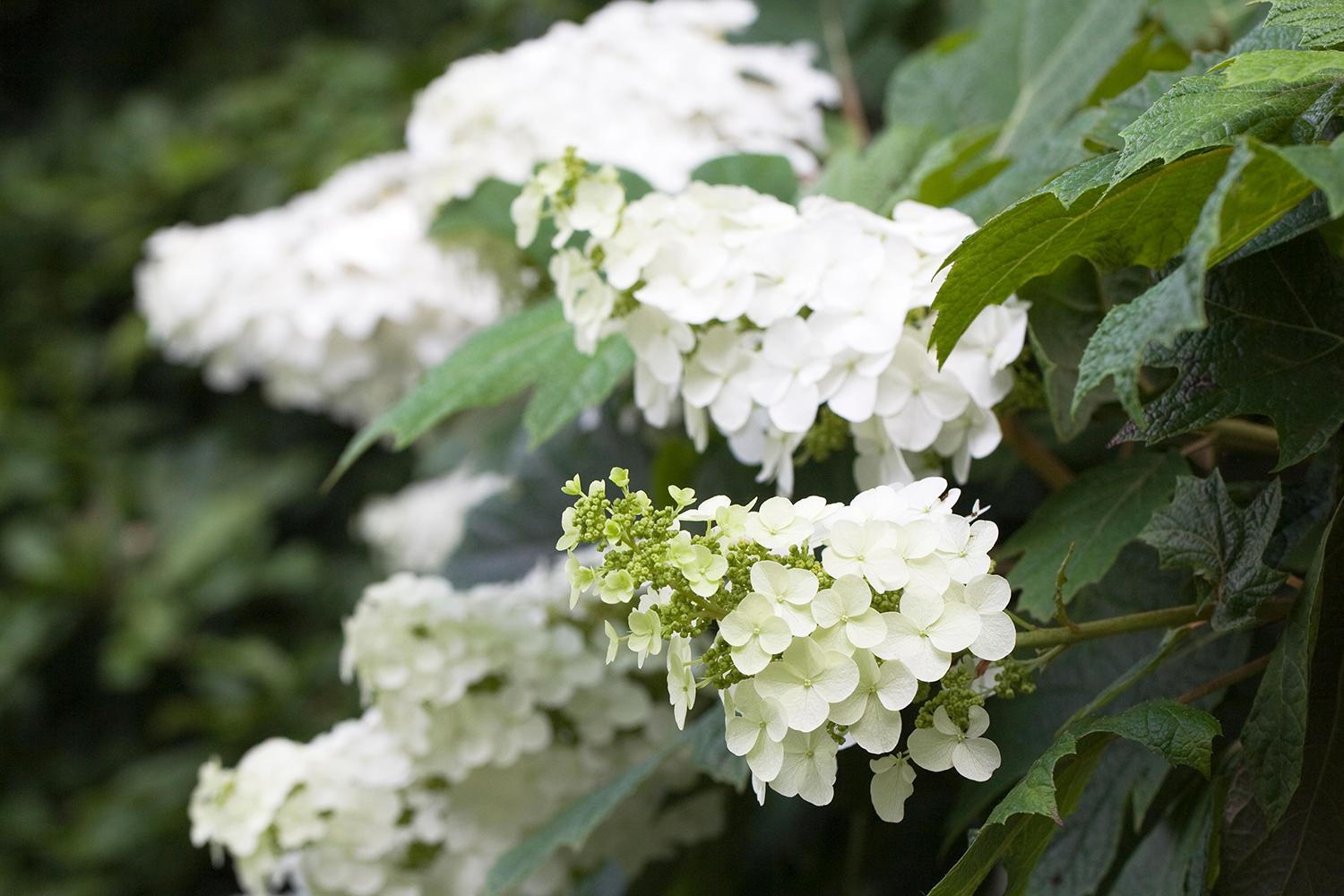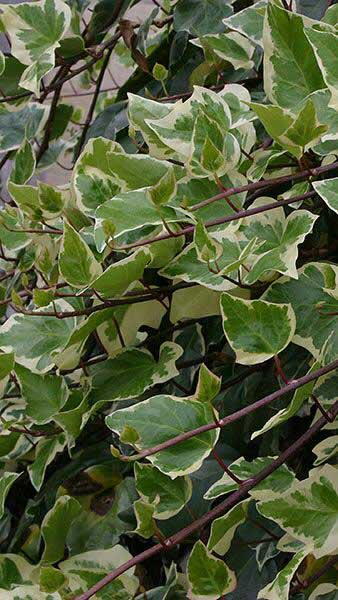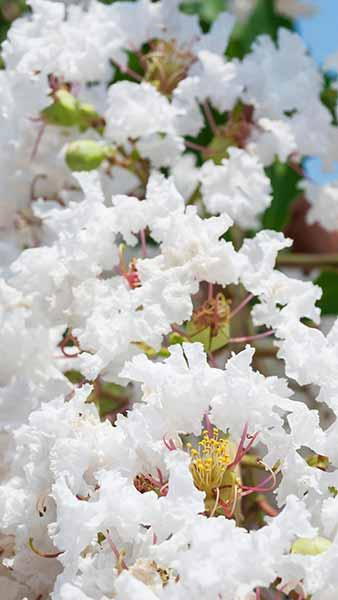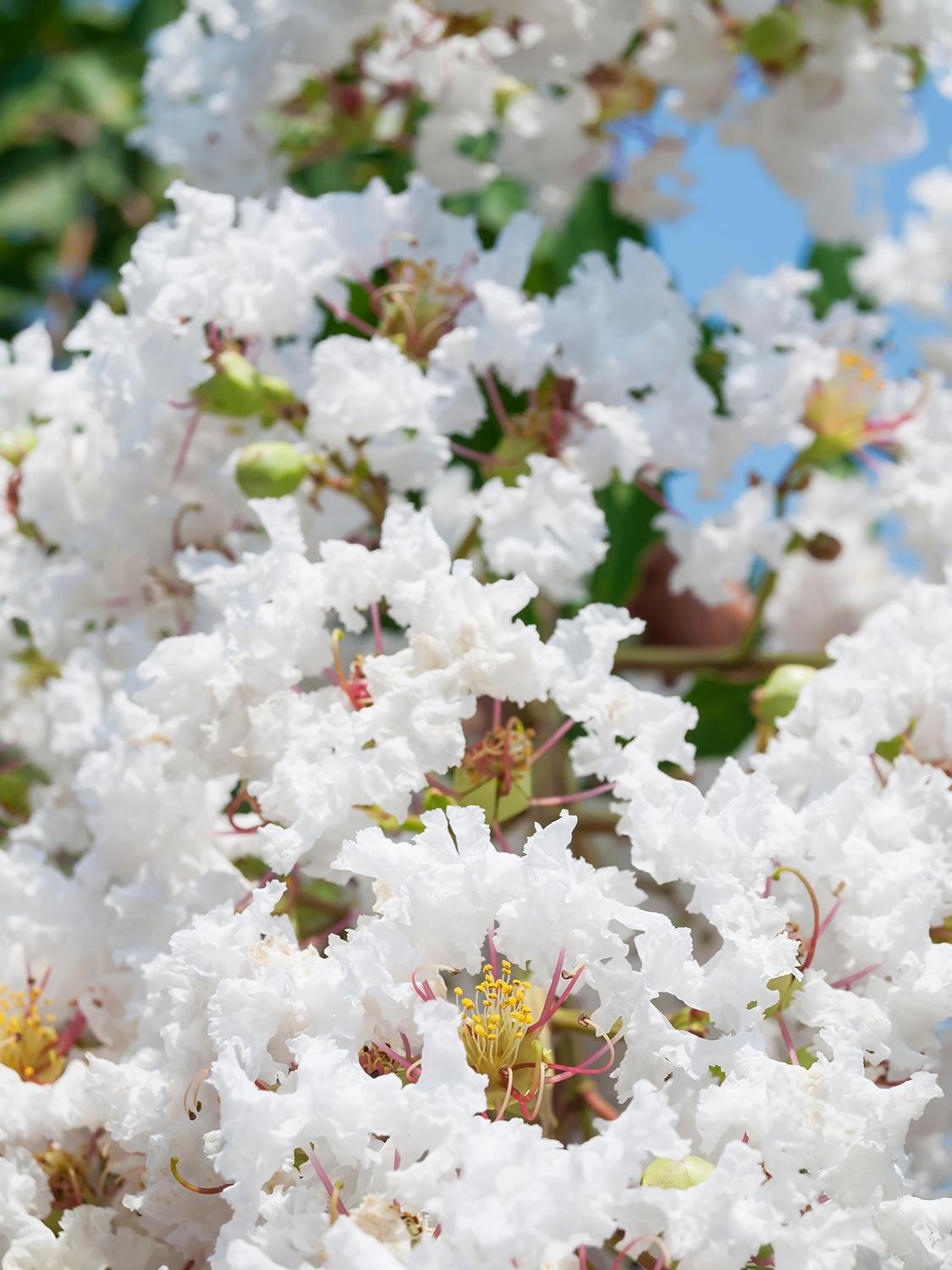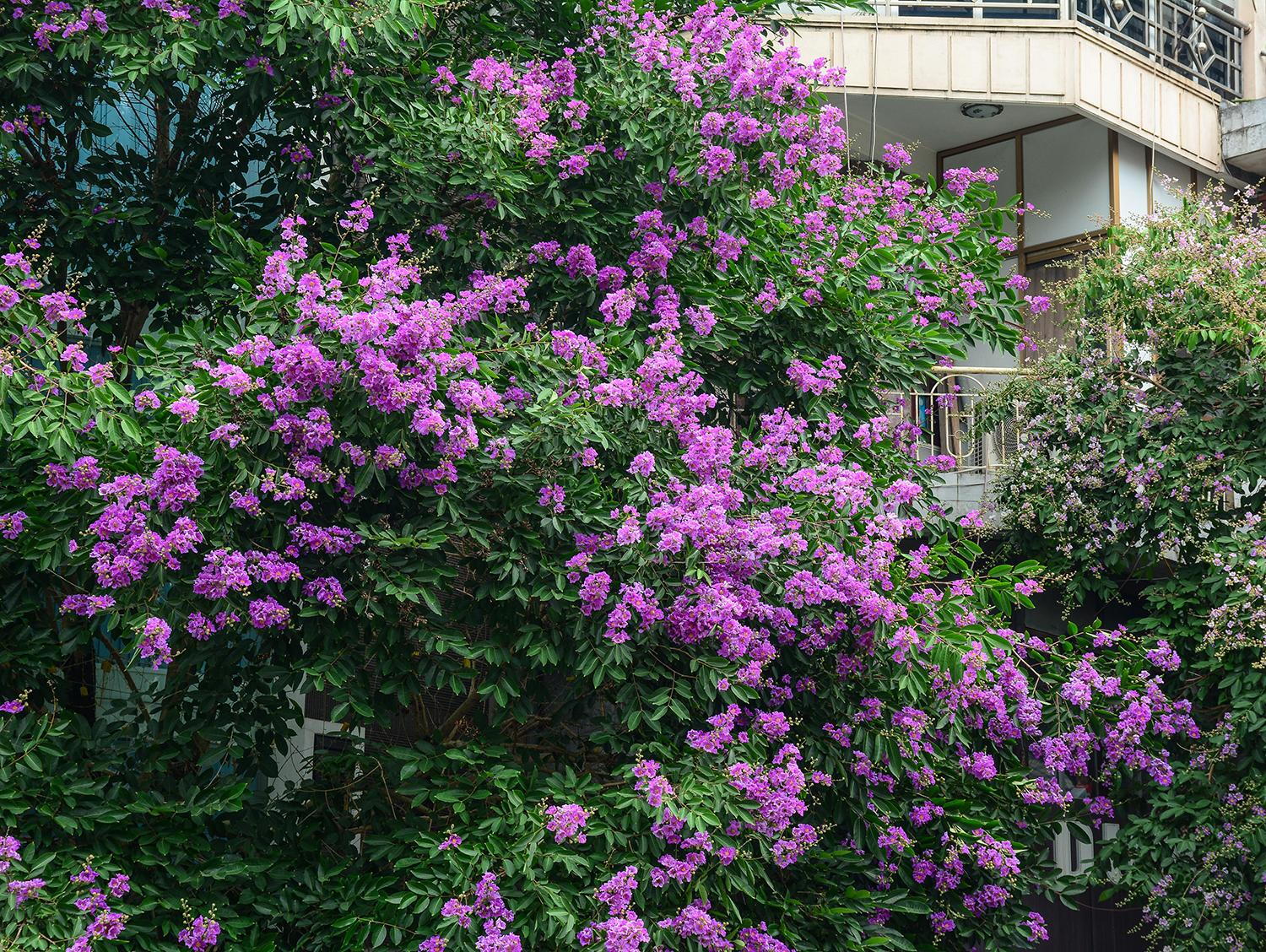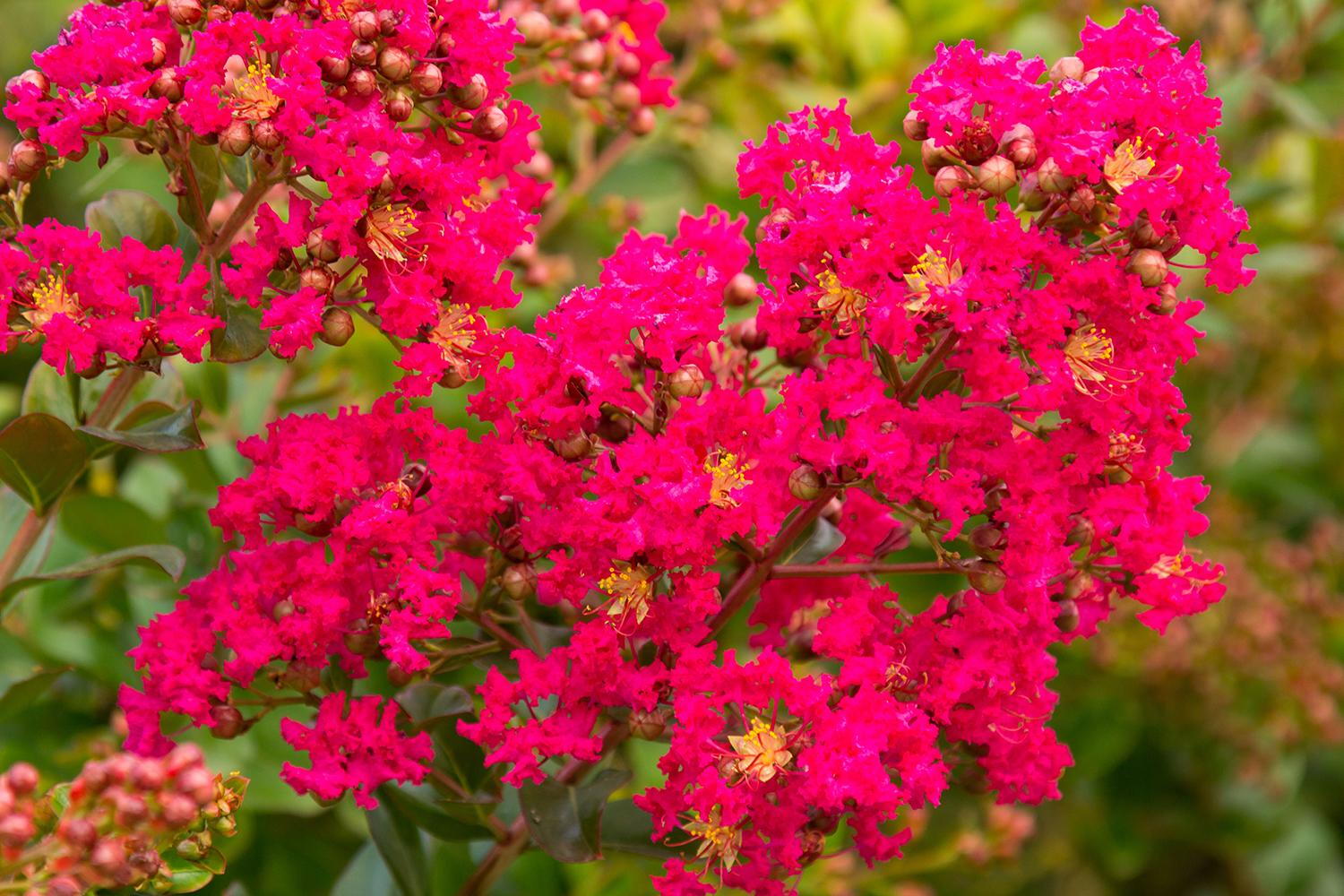Pinus Nigra Spielberg Black Pine Spielberg Dwarf Black Pine. Dwarf Conifers
Pinus Nigra Spielberg or Black Pine Spielberg. Black Pines sometimes referred to as Austrian pines are evergreen conifers that originate from Turkey, North West Africa and Southern Europe, but they have adapted well to life in the UK. This evergreen is Pinus Nigra Spielberg, a naturally occurring black pine hybrid that is perfect for coastal and rock gardens. A dwarf conifer, this compact black pine grows slowly, reaching a height of just 1.5 metres in ten years. As it grows Black Pine Spielberg produces very long soft needles, which are partially twisted and interesting to touch. These needles are a rich green shade, particularly in winter when the end of summer heralds a rapid push of new growth. This is a soft looking dwarf conifer giving a shaggy effect. If left alone unclipped it will grow into a pyramid shape with a flat top. Black Pine Spielberg is one of the hardiest plants you can buy. Originating from places with extremes of cold and hot weather this black pine will weather all temperatures if it is kept from water-logged conditions. Perfect for rock gardens, Japanese features and coastal designs with its dark brown and black bark, it fits into any scheme that includes stones, small sculptural shrubs, alpines and heath land effects. The year round green needles contrast nicely with white stones and pebbles, and it stands out against a wash washed wall or fence. Pinus Nigra Spielberg fares well in windy conditions so it is a good choice for exposed areas. It prefers sun, and will grow best in a sunny situation, but it will tolerate partial shade too. Pot grown specimens are versatile as you can move them around your garden in winter months to cover a bare spot. They are showy on either side of your front door in the colder months, and the small size means they remain light and easy to transport. This compact pine will grow in most soils, or in a large pot if it is well watered during hot spells and kept on feet to avoid water logging. No pruning is necessary as Black Pine Spielberg grows in a compact tidy shape, but fertilising with well-rotted manure will boost its growth and brighten the needles. This is an interesting low growing pine with plenty of structure and hardiness for a year-round garden. If you need shape and architectural lines in a rock garden, or want to keep your outside spaces interesting when the perennials have died back, Pinus Nigra Spielberg is an attractive low-maintenance choice.
